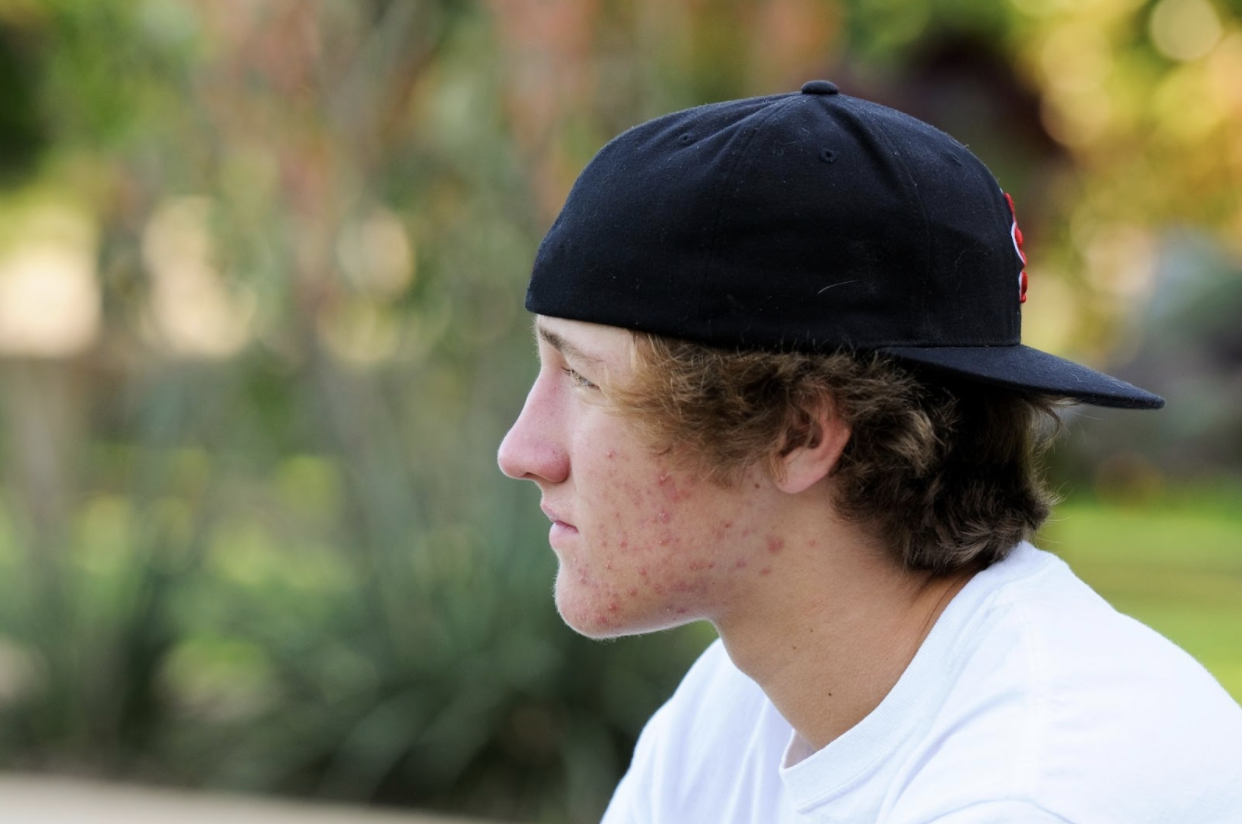If anyone in your family lives with celiac disease, non-celiac gluten intolerance, or food allergies, Thanksgiving can seem like a challenging time. But don’t give up on serving up your favorite traditional Thanksgiving meals just yet.
There are simple ways to protect your family members with food allergies at Thanksgiving. And, there are amazing gluten-free alternatives available now to help everyone fill their plates and feel included.
Tips For Gluten Sensitive & Allergy Families on Thanksgiving
Here are our tips from our pediatricians at Thrive Pediatrics for helping your child and family eat well on Thanksgiving.
Tip #1: Pass on the stuffed turkeys.
Some turkey brines or marinades as well as injections can contain gluten and trace amounts of allergens (nuts, soy, powdered milk, etc.), so making sure the bird is gluten-free is important. Butterball reports its fresh and frozen turkeys are gluten-free. Look for free-range or organic turkeys as an option.
Tip #2: Use gluten-free flour to thicken gravy.
Use an alternative to wheat flour, such as the gluten-free flour or cornstarch that you already use in baking.
Tip #3: Use gluten-free bread and broth to make stuffing.
Replace gluten-containing bread with your favorite gluten-free bread. Be sure any broth used to make the stuffing is also gluten-free. Or, try a gluten-free cornbread mix like Bob’s Red Mill and make a cornbread stuffing.
Tip #4: Whip up casseroles & vegetable dishes with gluten-free, cream soups.
Your gluten-free cornbread mix can be used to make corn casserole. Del Monte advertises its creamed corn is gluten-free, but always read the labels. Gluten-free, cream soups can be used to make green bean casserole. Also, casseroles can be topped with crushed-up potato chips for crunch instead of bread crumbs. Opt for an easy veggie dish by roasting your vegetables with olive oil, salt, and pepper, and then you don’t have to worry about gluten at all.
Tip #5: Choose frozen, gluten-free crusts for dessert.
Gluten-free flour blends can be used to make a pie, or you can purchase a frozen gluten-free pie crust. Another option is using gluten-free graham crackers for a graham cracker crust. Or simply go crustless; pumpkin pie is delicious this way as well.
Tip #6: Avoid cross-contamination.
To avoid confusion, separate and label gluten-free options. If you have a child or family member with a specific food allergy, move any of their foods to a completely separate table. Use separate utensils for these foods and explain that a utensil used in gluten-free food cannot be used in another food, including things like crackers. Even placing a gluten-containing roll on a plate can result in cross-contamination for those who need to eat gluten-free.
Tip #7: Make the family aware.
Consider hosting Thanksgiving, and let your guests bring flowers, drinks, table settings, or other needed items. Or, offer to help whoever is cooking, so that they’ll feel more comfortable with making allergen-friendly and gluten-friendly foods. You’ll likely feel more comfortable eating the foods yourself and feeding your kids. Let friends and family know that many foods they may not be aware of, including cheeses, soups, soy sauce, gravies, seasoning packets, and broths, can contain gluten and allergens.
Also, take a moment to inform them about cross-contamination, and ask if they are going to make dishes that are allergen-free and/or gluten-free food to be sure to do this before making other foods. Offer to bring your favorite allergen-free and/or gluten-free food, so you know you will have something to eat. While Thanksgiving can be a stressful time and requires extra effort for your family, this is also a great time to educate people about food allergies, celiac disease, and gluten.
Happy Thanksgiving from all of us at Thrive-Pediatrics!





